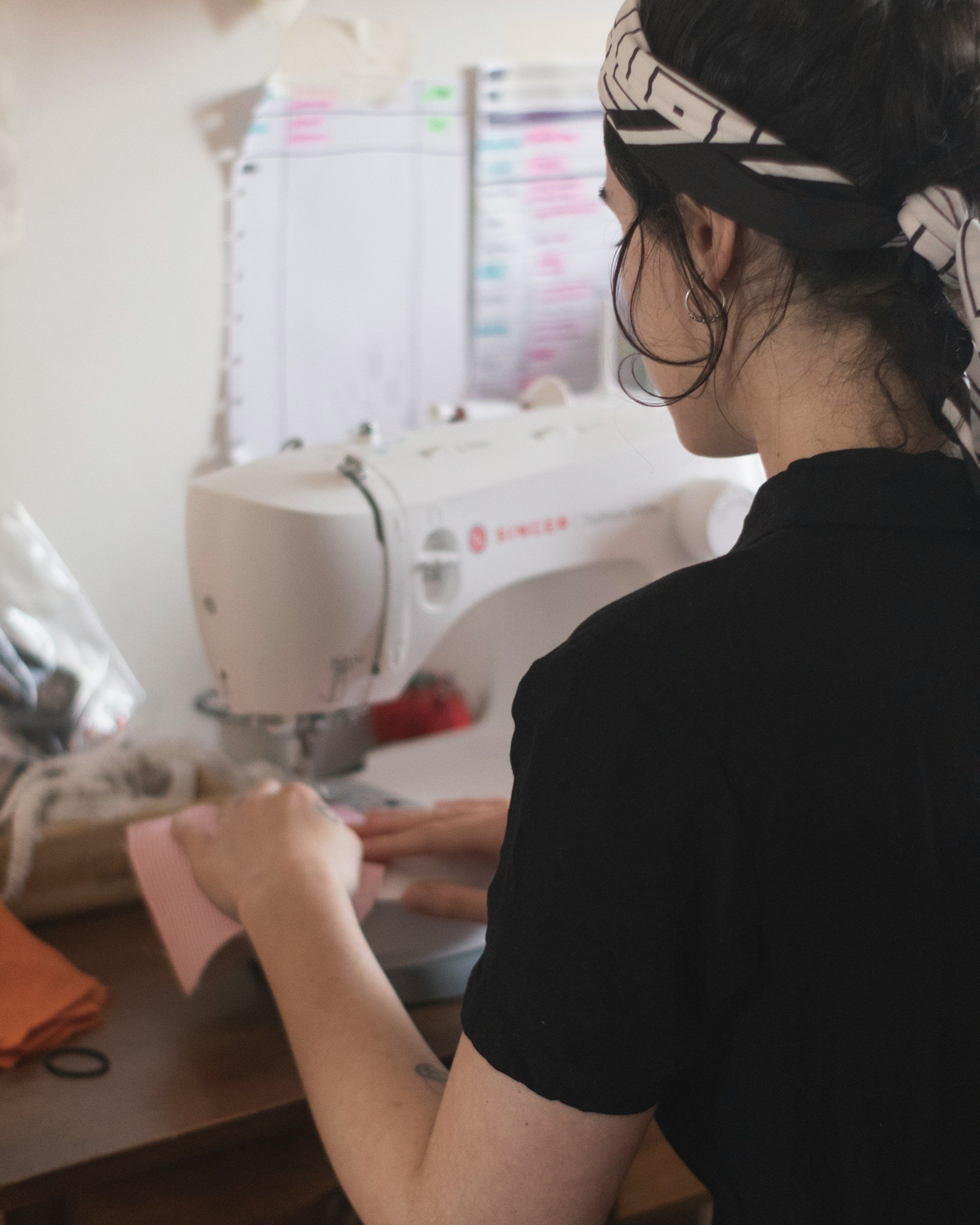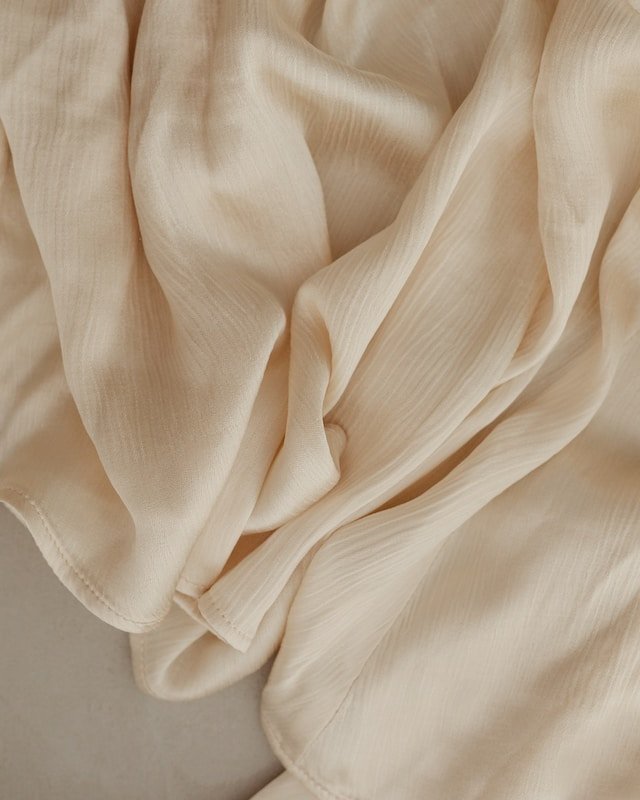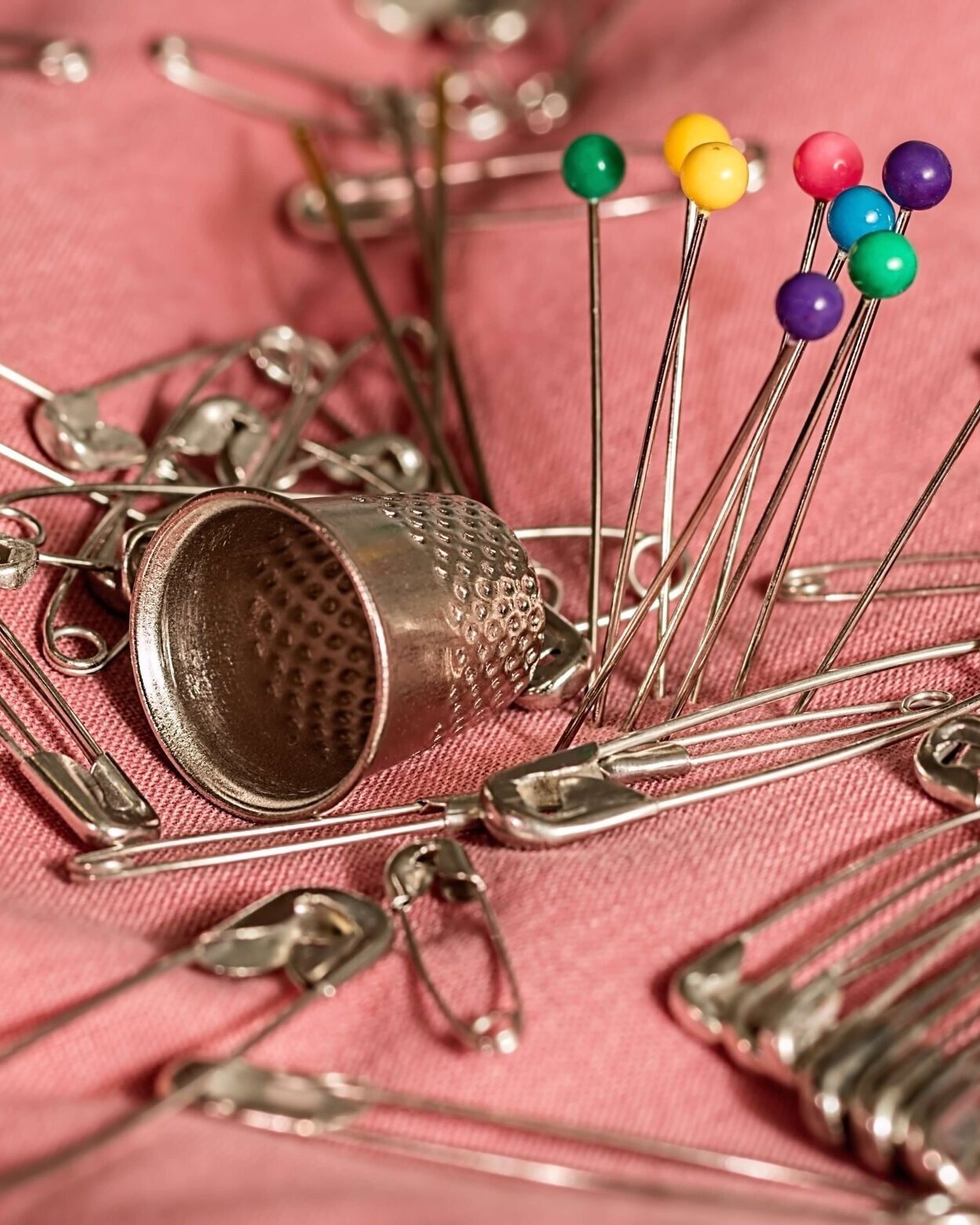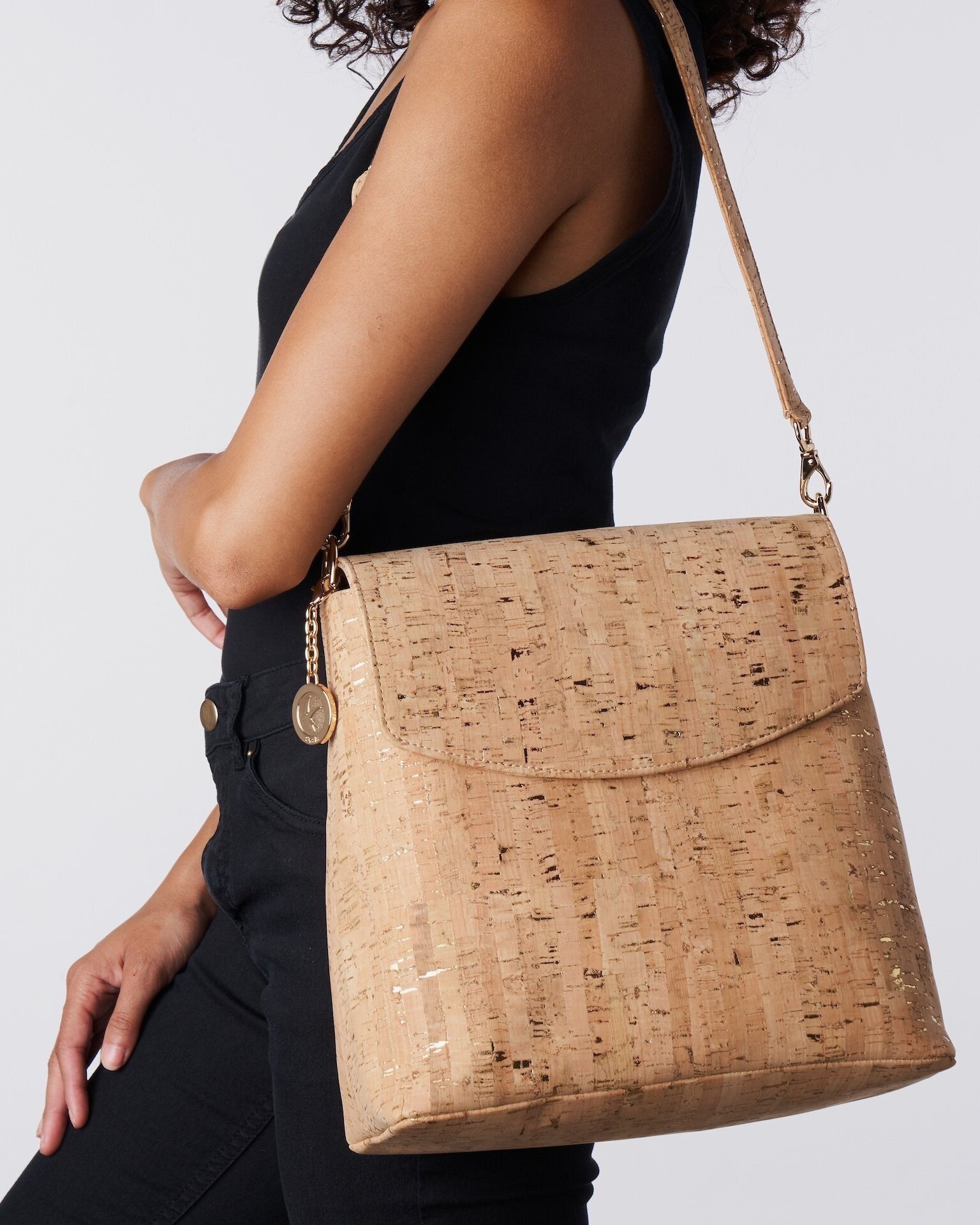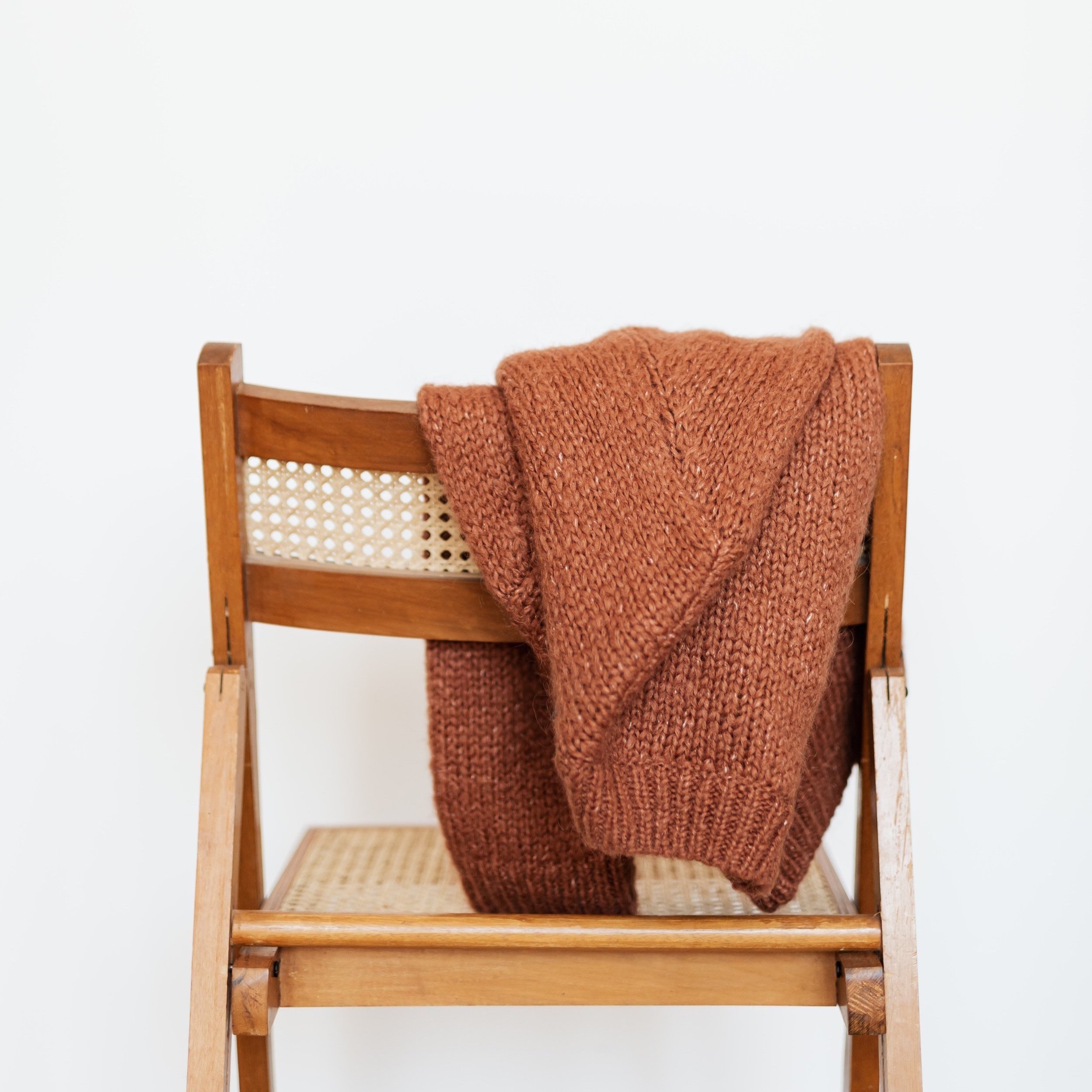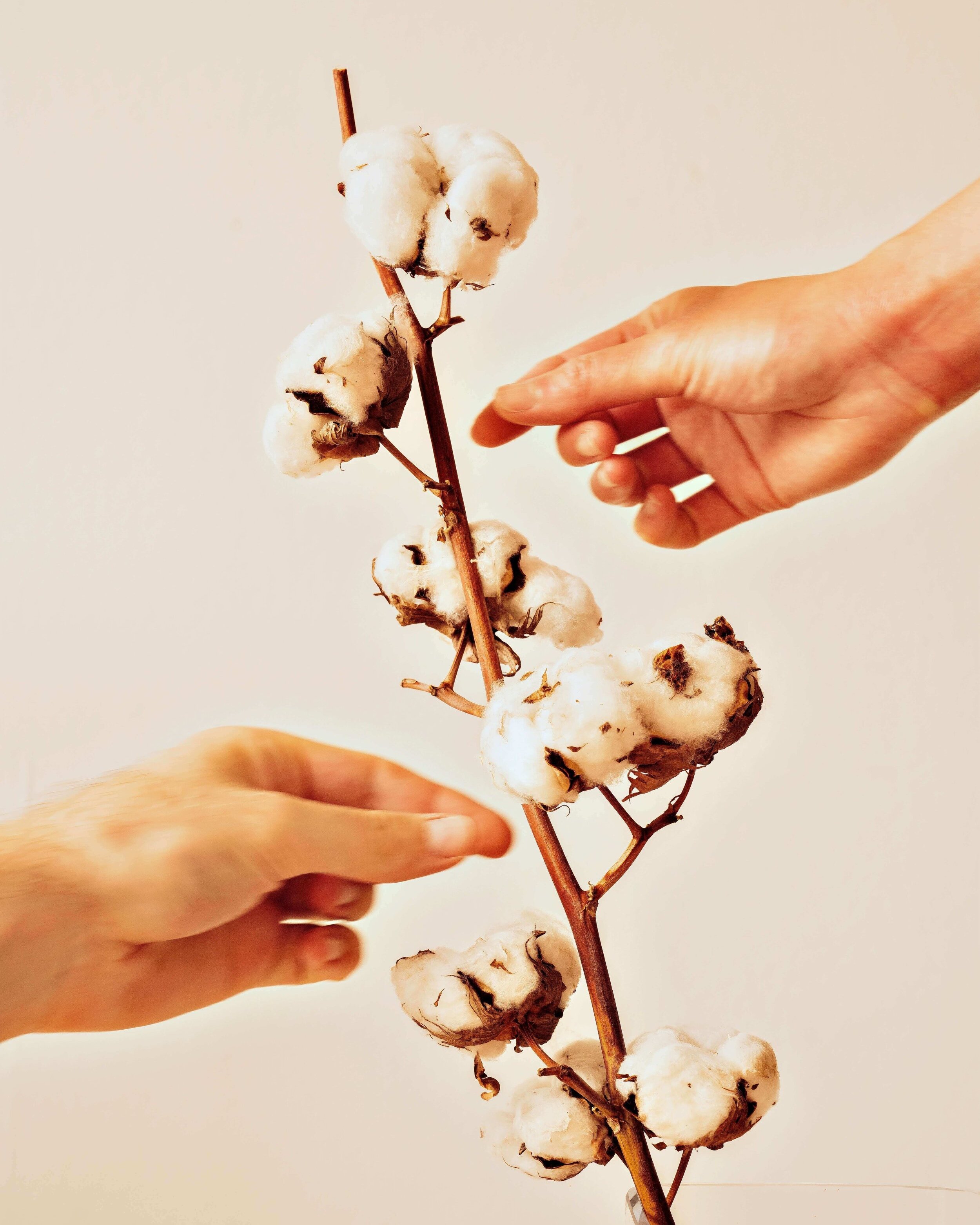12 Eco-Friendly Ways to Remove Clothing Stains
How to Remove Stains more Naturally
Stains are an unavoidable part of life. You can treat them if you take care of them immediately, but you may need to make some substitutions in your regular products. How many stain removers do you use with ingredients that could affect your health and the environment? These all-natural methods will help you eliminate stains in their tracks without the same detrimental side effects you're used to.
How to Remove Grease Stains
Grease stains are tricky to avoid, and they appear no matter where you are. Luckily, they're easy to remove by natural methods as long as you handle them quickly. Remember to remove any excess grease with a cloth so you don't have to deal with as large of a stain. If you tackle the oil fast enough, you may have a smaller stain than you imagined.
Baking Soda Method
Baking soda is nontoxic, so it's often used in various homemade cleaners that are better for your health and the environment. First, thoroughly cover the area in baking soda and let sit overnight. Baking soda is alkaline, so it'll help soak up the grease and oil on your clothes. If that doesn't remove the stain, use a vinegar and water solution. You should let the fabric soak before running it through the washing machine.
Corn Starch Method
Alternatively, you can use cornstarch to draw out the grease. It's an absorbent substitute that, when scrubbed, can act abrasive and help remove the stain. Just let it sit for an hour or two after scrubbing. Once you do, you may notice the stain has been lifted, and you can wash the garment as usual.
How to Remove Sauce Stains
Tomato sauce leaves some of the worst stains, but it can also be difficult to avoid if you've got kids who love spaghetti. Tomatoes are the most produced vegetable worldwide, making them a common household staple that can lead to stain issues. Luckily, there are a few ways to get sauce out of your clothes so you don't have to deal with an eyesore.
Dish Detergent Method
This method will require you to have a few things on hand. Put dish detergent directly on the stain. You should choose a detergent that promotes sustainability goals by selecting a brand that has performed self-assessments about its methods or by using ingredients that won't harm the planet. Once you've saturated the stain with your dish liquid of choice, it's time to pull out the ice.
Rub an ice cube on the fabric to help remove the stain. You should smear the detergent around and fade the stain slowly. If it isn't completely gone by then, you can dab some vinegar onto the fabric and run it through the laundry.
Salt and Baking Soda Method
Salt and baking soda are readily available in the home, making them a great option for tackling any tricky stains that emerge when enjoying dinner. Combine equal parts of baking soda and salt with water to create a paste. You can apply this paste to the stain and let it sink into the clothing. Then, run it through the laundry like you normally do.
How to Remove Blood Stains
You may be tempted to toss blood-stained clothes. However, you should attempt to save your clothes and treat stains rather than throw them out. The fashion industry pollutes water with the chemicals it uses when making textiles, so making what you have last a long time can make a difference.
One of the most important things to remember about treating blood stains is that you shouldn't dry your laundry before dealing with them. Otherwise, it will be there forever. Unfortunately, blood stains can be tricky to get out of fabric. Treat your clothes as soon as possible for the best results.
Vinegar Method
Use white vinegar for the best results when dealing with blood stains. All you need to do is pour it onto the stain and let it sit, dabbing it with a damp cloth as necessary. Over time, the stain should lift, and you can launder your clothing as usual.
Salt Method
Though not as well-known, the salt method might be an effective way of lifting stains from your favorite garments. Salt is a great dehydrator, so it can dry water and blood well. A paste of salt and water rubbed directly onto the stain should yield the desired results. Scrape it off once it's dry, and use cold water to wash off the rest.
How to Remove Sweat Stains
Nearly everyone has experienced sweat stains before. Whether you work out regularly or live in a warm climate, you've encountered sweat and know how tricky it can be to remove from a shirt. Fortunately, these stains can be conquered. However, you may have to apply a different method depending on the color of the garment you're treating.
White Shirt Method
The white shirt method is a bit complicated. You'll need baking soda, hydrogen peroxide and water to lift the stain from your white or light-colored shirt. Mix equal parts of all three ingredients, then rub into the stain with a slightly abrasive brush or sponge. Let the solution sit on the clothes before tossing them into the washing machine.
Dark Shirt Method
This method is a bit simpler. To make your darker shirts look new, you only need a mixture of water and white vinegar. Use a brush to apply the solution to the stains if you want to pretreat them. Otherwise, you'll submerge the affected clothing in a tub full of equal parts water and white vinegar. After about 30 minutes, you can run the clothes through the laundry as usual.
If you need something with odor-fighting properties, use a bit of baking soda on the garment after you've taken care of the stain. You can use it on anything from clothes to carpets to help treat odors. Letting it sit overnight might be the best option, but sometimes, baking soda can remove smells in just half an hour.
How to Remove Wine and Coffee Stains
Many people turn to coffee to wake up before a long workday. Similarly, around 60% of adults consume alcoholic beverages regularly. While these stains might be different, they originate the same way — typically by spilling something on yourself. The quicker you deal with these stains, the better your clothes will look.
Wine Removal Method
Wine stains can leave a deep, dark red blotch on your clothing, so it's best to tackle it as soon as possible. First, pour vinegar directly onto the stain. Then, make a paste of vinegar and baking soda and rub it into the spot aggressively.
Add a small bit of vinegar to a container of cold water, dunk your clothes in and let them soak overnight. There may be some remnant of a stain in the morning, but it won't be as pronounced as before. Alternatively, you can use salt to take the red wine out overnight, then continue repeating the steps as necessary.
Coffee Removal Method
Since people often experience coffee spills in the workplace on business clothes, you may want to test this removal method on an unseen part of your garment to ensure it doesn't harm the fabric. Mix a lot of warm water with 1 tablespoon each of dish detergent and white vinegar. Then, dab at the stain with a clean cloth. With enough blotting, the stain should disappear.
How to Remove Grass Stains
You may want to roll around in the grass when the weather warms up. Spending time in nature promotes vitamin D production, which could lower depression and anxiety levels. However, you may end up with grass stains on your clothing. Luckily, there's an easy way to take care of them, too.
White Vinegar Method
This method is the best option for treating grass stains, regardless of the fabric. Mix equal parts distilled white vinegar with water. Coat the stain and let it stand for about an hour or so, or dab and scrub. Afterward, rinse it off in cold water.
If that method doesn't remove the stain, you can also use a mild detergent on your fabric. Scrub it with the detergent, then rinse it off. Before long, you should notice the stain is completely gone.
Rubbing Alcohol Method
This method might be a bit harsher than the one before it, but you can still remove the stain with something you likely have in your household. Wet the affected area with rubbing alcohol. Once it's fully dry, rinse it off with cold water. You can also follow up with detergent and cool water. Repeating this method a few times should get rid of grass stains completely. This method works exceptionally well on jeans.
Become a Stain-Fighting Professional — Naturally
Dealing with stains in clothing can be difficult, especially when you don't know the natural swaps you can make to tackle tough ones. Keep your cupboards stocked with substitutes that won't put chemicals into the water or harm your health to tackle stains without worry.
This will also give you a natural way to help your clothing last longer, potentially keeping it out of landfills and preventing you from buying more. Some items can't be saved, especially if you've waited a while to treat a stain, but you can always just wear it at home to make the most of it.
About the Author
Mia Barnes is a health and beauty writer with a passion for sustainable living and wellness. Mia is also the Founder and Editor-in-Chief of Body+Mind Magazine, an online publication that covers healthy and eco-friendly living. Follow Mia and Body+Mind on Twitter and LinkedIn!
MAKE SURE TO PIN THE PHOTO BELOW TO SAVE THIS POST FOR LATER!
WANT TO FIND SUSTAINABLE BRANDS? VISIT OUR BRAND DIRECTORY!
Our Brand Directory is home to hundreds of sustainable brands, from makeup to cleaning supplies, from underwear to shoes. We have broken everything down by category for easy shopping, along with discount codes unique to Sustainably Chic viewers.







